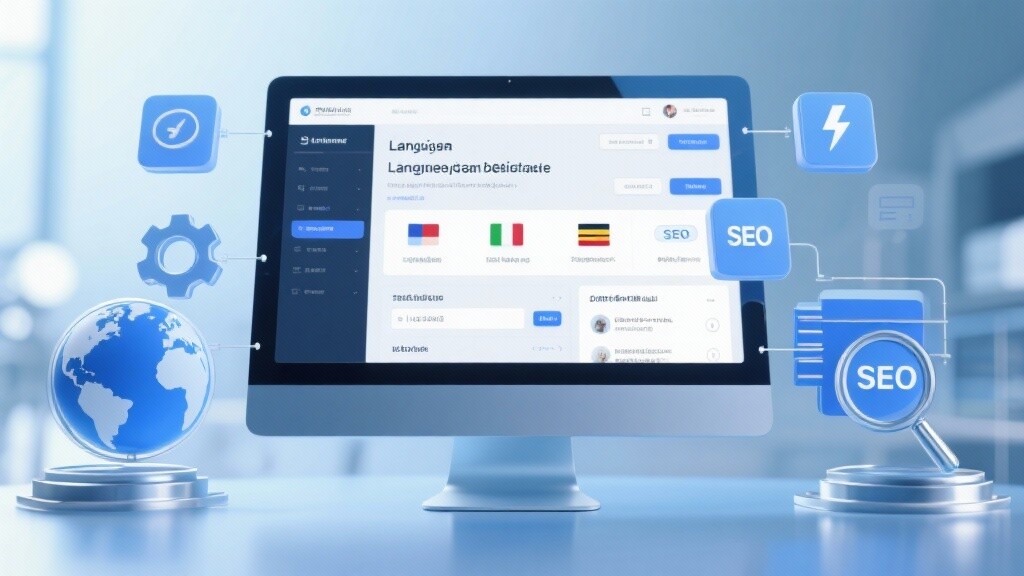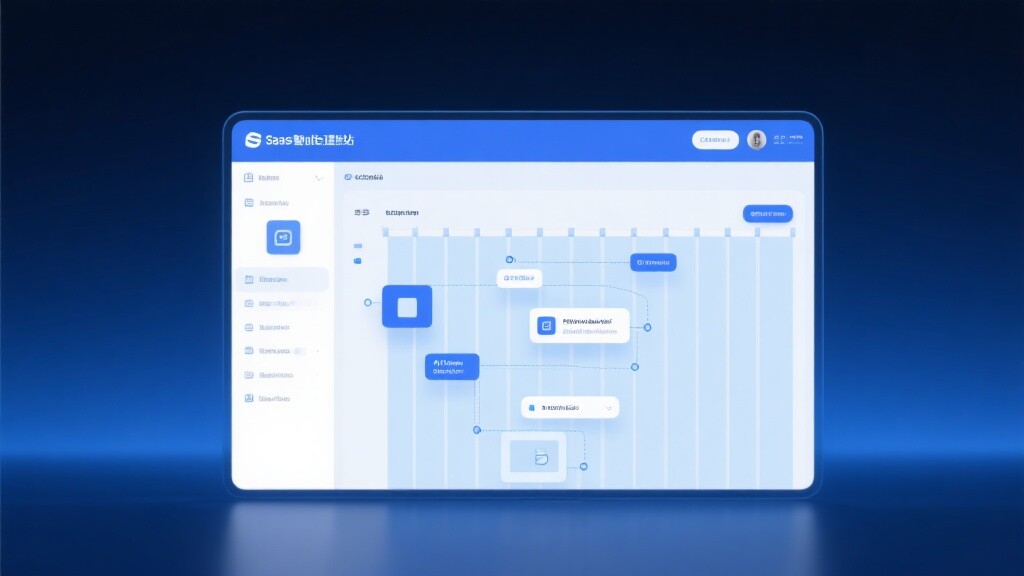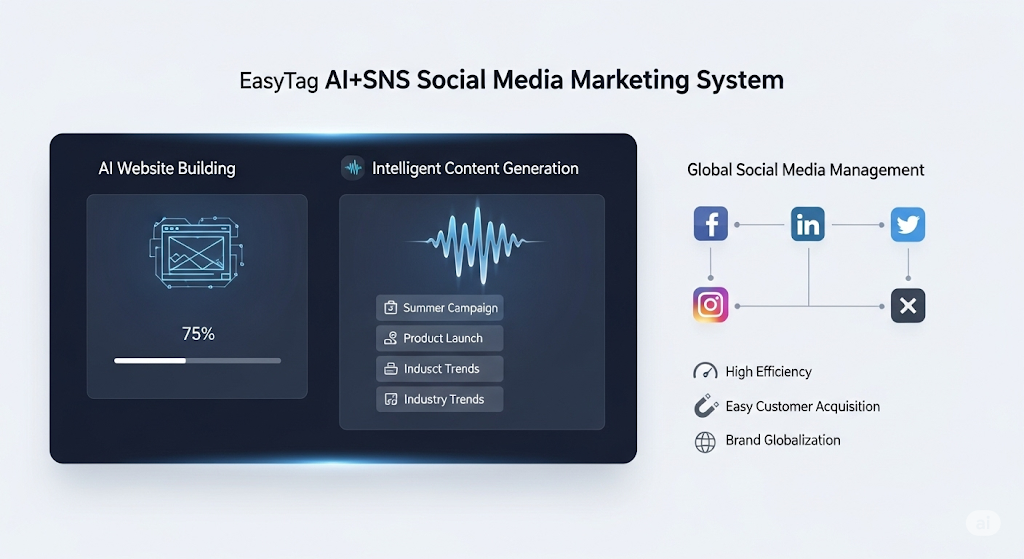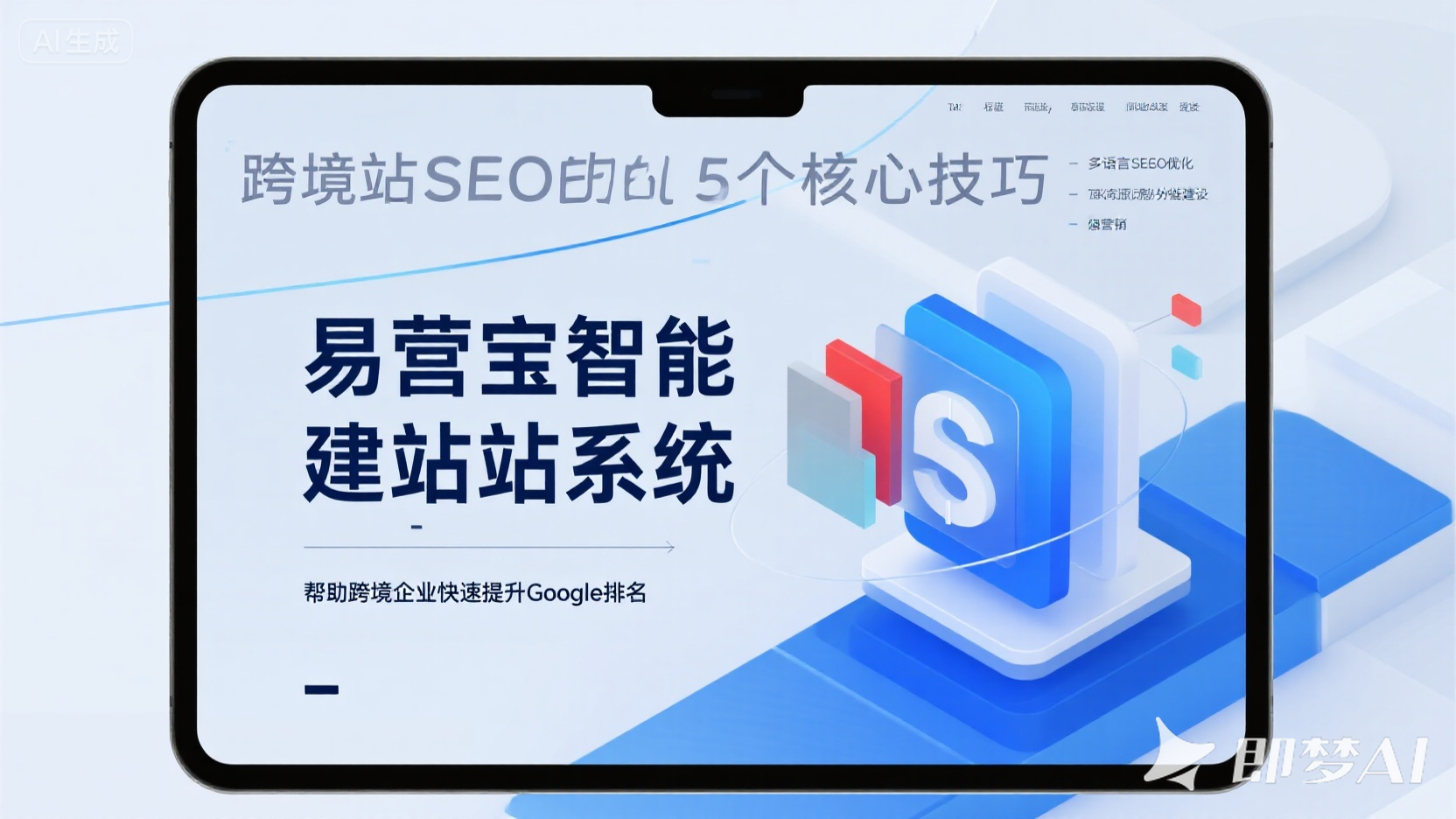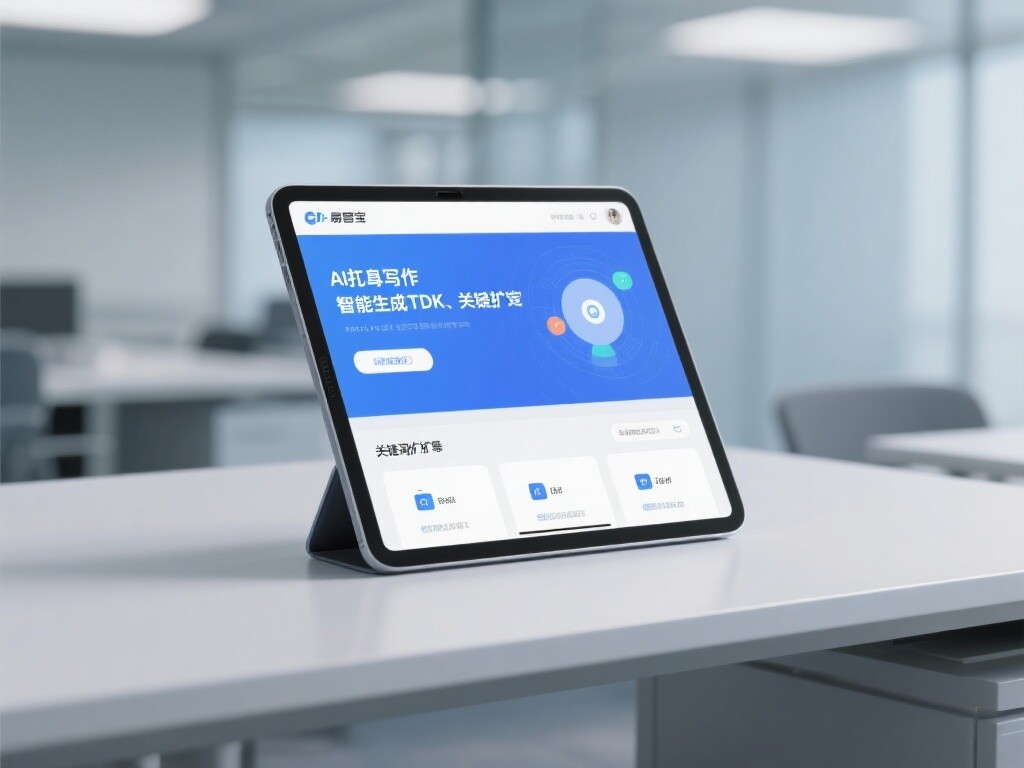Easy Operation Cloud Intelligent Website Marketing System Platform!
- Top 4 Smart DIY Website Platforms Recommended for 20252025-11-12View details
- Which Guangdong SEO optimization software is the strongest? The secret tool behind local business growth2025-11-12View details
- Comparison of Guangdong Rapid Website Building Service Providers, Top 3 Most Reliable2025-11-12View details
- Facebook Ad ROI Doubling Secrets: Complete Guide to Using AI Ad Diagnostic Tools2025-11-12View details
- Can an all-in-one marketing platform replace multiple tools? 1 backend manages 10 functions2025-11-11View details
- City Partner Recruitment: How to Earn 50,000+ Monthly with Zero Experience Through Localized Services?2025-11-12View details
- How can AI+SEM intelligent advertising system reduce CPC by 40%? Actual test results from a foreign trade company show a cost reduction of 40%.2025-11-12View details
- Can AI+SEO Dual Engine Optimization System Really Improve Rankings? 3 Months of Actual Data Tells the Story2025-11-11View details
Operation Guide: Complete Process Analysis of Multilingual Independent Website Construction Services
I. Preliminary Preparation for Multilingual Independent Site Construction
Before starting to build a multilingual independent site, companies need to conduct thorough market research and technical selection. First, identify the primary language of the target market—English is typically the essential base language, with additional commonly used languages like Spanish, French, and German added based on business needs. Second, choose an appropriate platform. Current options include general platforms like WordPress and Shopify, as well as specialized solutions like B2B2C dual-mode independent site solutions, the latter being particularly suitable for businesses handling both wholesale and retail operations.
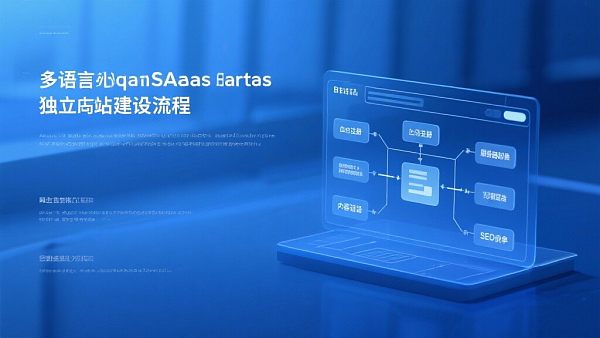
Domain name selection is another critical step. It’s recommended to register international top-level domains like .com or .net, while also considering whether localized country-specific domains (e.g., .de in Germany) are needed. Localized domains can enhance trust among local users. For server deployment, select nodes geographically close to the primary target markets to significantly improve site loading speed, enhancing user experience and SEO performance.
1.1 Technical Option Comparison Analysis
II. Multilingual Content Structure and Translation Management
Content translation is the core of building a multilingual independent site. While machine translation offers speed, professional human translation ensures accuracy and localization. A hybrid model of “machine translation + human proofreading” balances cost control and quality assurance. Pay special attention to the accuracy of product descriptions and legal terms.
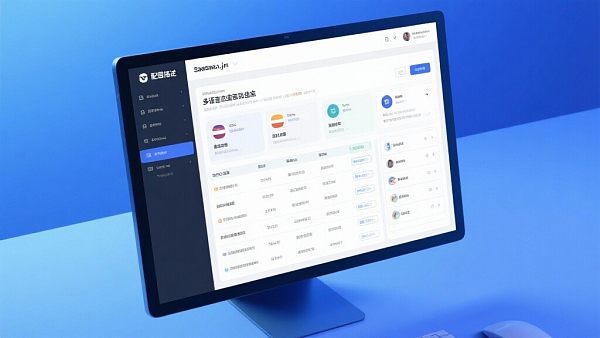
Choosing the right Content Management System (CMS) is equally vital. A good CMS should support multilingual content management, allowing editors to easily switch between languages for updates. Version control functionality is also essential for tracking content changes. Display-wise, account for typographic differences across languages (e.g., right-to-left reading in Arabic), as these details impact user experience.
2.1 Common Translation Pitfalls
- Using raw machine translations without human review
- Overlooking cultural disparities in expressions
- Translating text only while ignoring visual elements like images and charts
III. Global SEO Optimization Strategies
SEO is critical for multilingual sites. Strategies vary by language—each target market requires customized optimization. Begin with keyword research to understand local search habits. English markets often face intense keyword competition, whereas smaller languages may offer more optimization opportunities.
Technically, ensure clear site architecture with multilingual URL standardization (hreflang tags) to help search engines index content correctly. Speed optimization, especially on mobile, is equally important—Google research shows a 20% increase in bounce rates for every 1-second delay in mobile page loading. Accurate hreflang tag setup
IV. Server Deployment & Performance Optimization
Server location directly impacts site speed and stability. For global multilingual sites, CDN (Content Delivery Network) technology is recommended to cache content across edge nodes worldwide, ensuring fast access regardless of user location. Evaluate CDNs based on node coverage, pricing, and usability.
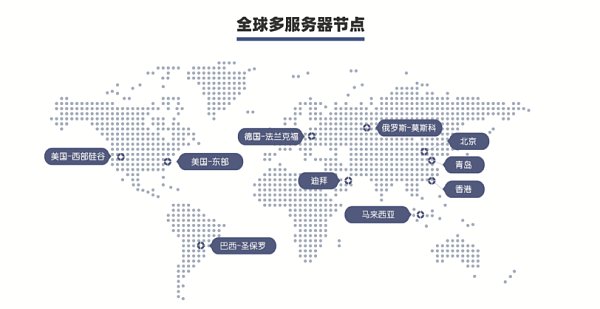
Beyond CDNs, optimize performance via image compression, code minification, and browser caching. Regular testing with tools like Google PageSpeed Insights is crucial. Note that network environments vary significantly by region—conduct tests across all target markets.
4.1 Server Deployment Model Comparison
V. Multilingual Payment & Logistics Integration
For ecommerce sites, seamless payment and logistics integration is vital. Support localized payment methods like SEPA in Europe or Boleto in Brazil. Display local currencies with auto-conversion. Ensure compliance with regulations like GDPR.
Partner with reliable international logistics providers to offer transparent shipping costs and tracking. Consider multi-carrier integration to serve different regions. Localize logistics info—include estimated delivery times and customs details.
5.1 Payment Localization Strategies
- Europe: SEPA, iDEAL
- Latin America: Boleto, Mercado Pago
- Southeast Asia: GrabPay, OVO e-wallets
VI. Data Analytics & Continuous Optimization
Post-launch, establish robust analytics using tools like Google Analytics to track language-specific traffic and conversion metrics. Segment data by market/language to identify issues.
A/B test localized page designs, content layouts, and CTAs. Cultural differences may yield varied results—this is both the challenge and opportunity of multilingual optimization.
6.1 Key Performance Indicators (KPIs)
- Bounce rate (by language)
- Time on page
- Conversion rate
- Search engine rankings (by keyword)
VII. Why Choose Our Multilingual Site Services
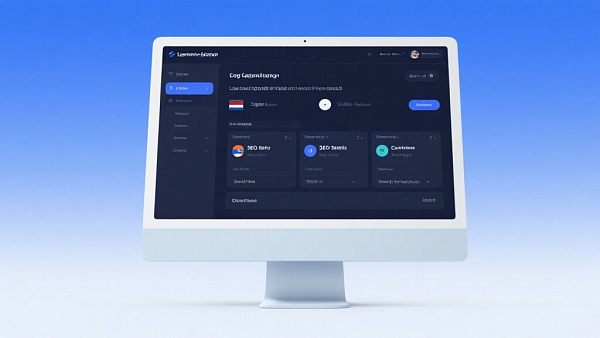
With a decade’s experience serving 10,000+ clients globally, our B2B2C dual-mode solutions integrate AI translation engines, global CDN acceleration, and multilingual SEO to help businesses build high-performance global sites.
Our AI-driven system ensures translation accuracy; global server deployments guarantee speed; our SEO team crafts customized strategies. Whether you're an SME or multinational, we deliver solutions tailored to your needs.
7.1 Case Studies
- Electronics brand: 300% international order growth within 6 months
- Medical device firm: 250% organic traffic increase for German site via our SEO services
VIII. FAQs
8.1 How long does multilingual site development take?
Typically 2-6 months, depending on site complexity, number of languages, and content readiness.
8.2 How to choose language combinations?
Start with English as the base, then add languages based on target market analysis.
8.3 Is multilingual SEO more complex than single-language?
Yes—it involves managing language versions and international ranking algorithms, but professional services address these challenges.
Related Articles
 Intelligent website SEO optimization service, detect 20 ranking-impacting issues in 1 minute
Intelligent website SEO optimization service, detect 20 ranking-impacting issues in 1 minute Is it difficult to build an independent foreign trade website? Get online in 3 quick steps and increase conversion rates by 50%!
Is it difficult to build an independent foreign trade website? Get online in 3 quick steps and increase conversion rates by 50%! Chengdu Rapid Website Building Pitfall Guide: 3 Points That 90% of Beginners Overlook
Chengdu Rapid Website Building Pitfall Guide: 3 Points That 90% of Beginners Overlook
Related Products

